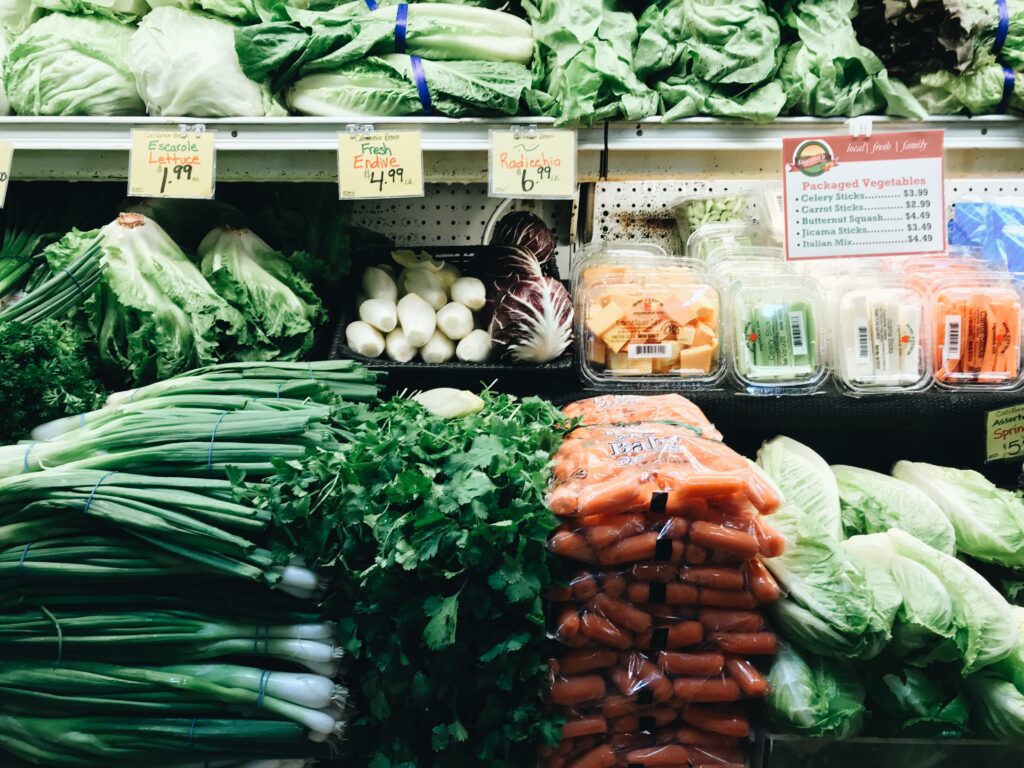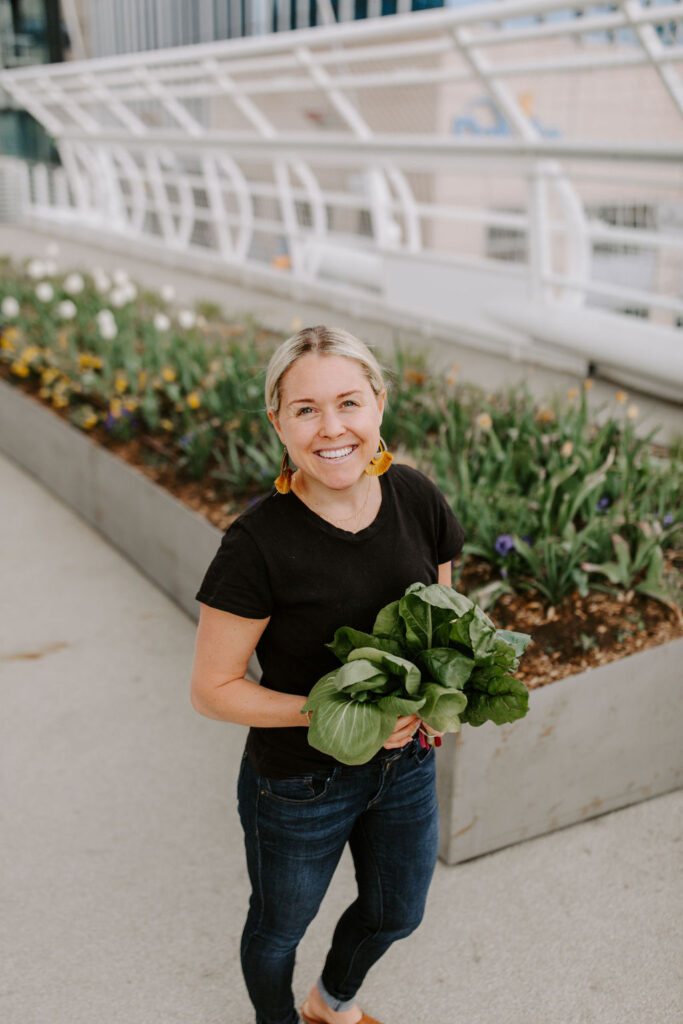With spring around the corner, it’s an opportunity to reflect on your social ties. Are you ready to expand your network in the coming months? Engage more with your community? Spend time cultivating your current relationships? Social wellness is an important piece of your overall health. After all, building strong connections is shown to reduce stress and enhance your immune system. Speaking of growing your community, consider your relationship with your local farmers. If you’re hoping to build a better relationship with your local farmers, read on. You’ll learn about five simple, effective ways to support local farmers. In turn, you’ll also improve your local economy, overall health, and the health of the planet.

Building strong connections with your local farmers
When it comes to building strong connections, one of the ways you can do that is with your local farmers. If you’ve ever wondered where your food comes from (beyond your Instacart order), you’re half-way there. However, most of us do our grocery shopping and don’t think twice about where our food comes from. But it all originates somewhere. Blueberries from the Pacific Northwest, bananas from India, coffee from Latin America, etc. And for the most part, consuming food that is grown all over the world is a privilege. In fact, it’s one of the most impressive byproducts of our globalizing world. Food has never been more widely accessible.
That said, global options come with a cost. As technology advances and demand increases, we are seeing a rise in GMOs, pesticides, soil erosion, and more. More than ever, it’s important to get curious about where your food comes from and how it’s grown. After all, to be a conscious consumer is to be a steward of the environment.
knowing where your food comes from
I’m a huge advocate of eating with the seasons. There is so much value—for your body and the planet—to choosing locally-grown food. Ultimately, choosing local means connecting with the people who grow the ingredients in your shopping cart. And knowing your farmer is all about building relationships. From a social wellness perspective, this is key. After all, research shows that strong social ties are linked to a longer, healthier life. These community ties also have other added benefits: A robust economy and overall wellbeing of its members.
Knowing where your food comes from bridges the line between farm and table. Having this connection not only encourages a healthy relationship with food, but it also fosters informed decision-making. In other words, you can make more informed decisions to maximize quality and freshness. When you know your farmer (or know where your food is grown), it’s an opportunity to support your immediate community. All around, it’s a win-win.

What is direct to consumer farming?
Direct-to-consumer (DTC) farming describes the process of customers purchasing their goods right from their local farmers (as opposed to purchasing produce from a grocery store). On average, direct-to-consumer sales typically occur within 100 miles of the farm. The benefits of direct-to-consumer farming include:
- Fresher produce for consumers
- Control over the price of produce
- Lower debt levels for farmers
- Less machinery and land required to achieve a certain level of sales
- Higher survival rates for farm operations
- Fueling the local economy
Ultimately, this type of model eliminates the excessive amount of interactions that others have with produce, supports the local economy, puts an end to the uncertainty behind where the produce comes from, and almost guarantees product freshness. While this isn’t feasible for everyone, it’s important to know that DTC farming exists!
5 Ways to support local farmers
As the seasons change, you can vary how you support your regional farmers. Here are a few tips and tricks for consuming locally-grown fruits, vegetables, meat, eggs, etc.:
Join a Csa
Find a CSA—Community Supported Agriculture—in your neighborhood. See here for your options. When you sign up for a CSA, you get a share of what’s produced on the farm each week (during the growing season). This can be anything from honey to flowers, seasonal vegetables, etc. What you get depends on what’s harvested.
shop at the farmers market
While CSAs are optimal during the winter, now that it’s spring, it’s time to start shopping at the farmers market! Depending on where you live, you may have a farmers market year-round. If you live in Colorado like we do, here’s a list of Colorado’s farmers markets.
look for ‘grown locally’ signs
If you don’t live near a farmers market, look for “grown local” or “locally-sourced” signs at the grocery store. These will help guide your purchasing decisions.
buy animal protein in biulk
Sustainably and ethically-sourced meat is another way to support farmers who care about the environment. My favorites are Buy Ranch Direct and ButcherBox.
support restaurants that support local farms
Take-out from restaurants that source local ingredients. Many restaurants (especially those on the Front Range!) purchase ingredients from local farms. You should be able to find this information on their websites or menus. By ordering take-out from these businesses, you’re supporting local farmers.



Leave a Reply